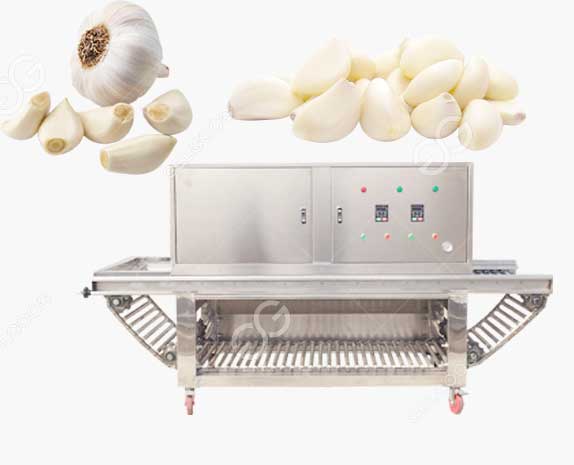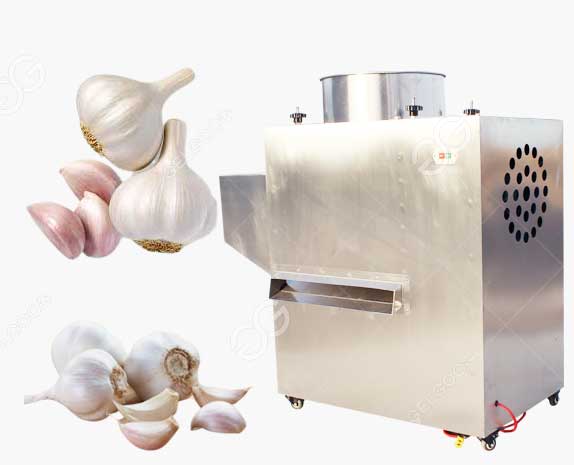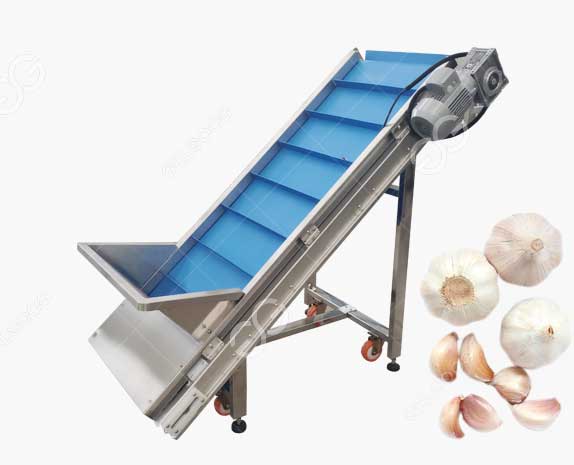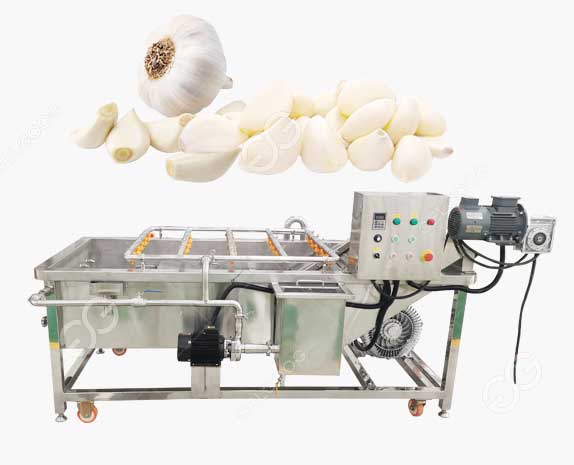Banana flour, a versatile and nutritious alternative to traditional wheat flour, has gained popularity in recent years due to its gluten-free and nutrient-rich properties. One of the countries at the forefront of banana flour production is Indonesia, where the tropical climate provides an ideal environment for banana cultivation. In this blog, we will take a closer look at how banana flour is processed in Indonesian factories, from the farm to your kitchen.
Step 1: Selecting the Right Bananas
The journey of banana flour begins on local farms, where farmers carefully select ripe and unblemished bananas. Varieties like the Cavendish banana are often preferred for their mild flavor and high starch content, which contributes to a creamy texture in the final flour.
Step 2: Peeling and Slicing
Once harvested, the bananas are washed and peeled. The peels are often used for animal feed or compost, promoting sustainability. The peeled bananas are then sliced into thin rounds to increase their surface area, aiding in the drying process.
Step 3: Pre-Treatment
The sliced bananas may undergo a pre-treatment process to preserve their color and nutrients. This can involve blanching or soaking the slices in ascorbic acid or citric acid solutions, which help prevent enzymatic browning and maintain the flour's nutritional value.
Step 4: Drying
Drying is a crucial step in banana flour production, as it reduces the moisture content of the slices to extend shelf life and prevent spoilage. In Indonesian factories, various methods are employed for drying, including sun drying and mechanical drying. Sun drying involves spreading banana slices on drying racks under the tropical sun, while mechanical drying employs low-temperature techniques to remove moisture gently.
Step 5: Milling
Once the banana slices are dried to the desired moisture level, they are ground into a fine powder using milling machines. This process retains the natural flavors and nutrients of the bananas, resulting in a wholesome and nutritious flour.
Step 6: Sieving and Packaging
The milled banana flour is sieved to ensure a consistent texture and remove any remaining larger particles. It is then carefully packaged to protect it from moisture and external contaminants. Proper packaging is essential to maintain the quality and shelf life of the flour.
Step 7: Quality Control
Indonesian factories prioritize stringent quality control measures throughout the processing stages. Samples of banana flour batches are tested for moisture content, color, flavor, and nutritional composition to ensure consistency and compliance with industry standards.
Step 8: Distribution
After passing quality checks, the banana flour is ready for distribution. It may be packaged for commercial use in food manufacturing or repackaged into consumer-friendly quantities for home kitchens.
Benefits of Indonesian Banana Flour
Nutrient-Rich: Banana flour is a good source of essential nutrients such as potassium, dietary fiber, and vitamins.
Gluten-Free Alternative: It's an excellent choice for individuals with gluten sensitivity or celiac disease.
Natural Sweetness: Banana flour retains the natural sweetness of bananas, reducing the need for added sugars in recipes.
Cooking Versatility: It can be used in a variety of recipes, from baked goods to smoothies, adding a unique flavor and texture.
In conclusion, the process of producing banana flour in Indonesian factories involves careful selection, peeling, slicing, pre-treatment, drying, milling, sieving, and packaging. This nutrient-rich and gluten-free alternative flour is a testament to Indonesia's commitment to sustainable agriculture and innovative food production. Incorporating Indonesian banana flour into your diet not only adds a tropical twist to your meals but also supports local farmers and promotes healthier eating habits.
If you are interested in starting a banana powder processing business, you can contact us at any time, we will provide you with a complete banana powder processing line and solutions. Customized solutions according to your output, packaging specifications, equipment placement and other needs. Contact us now.




